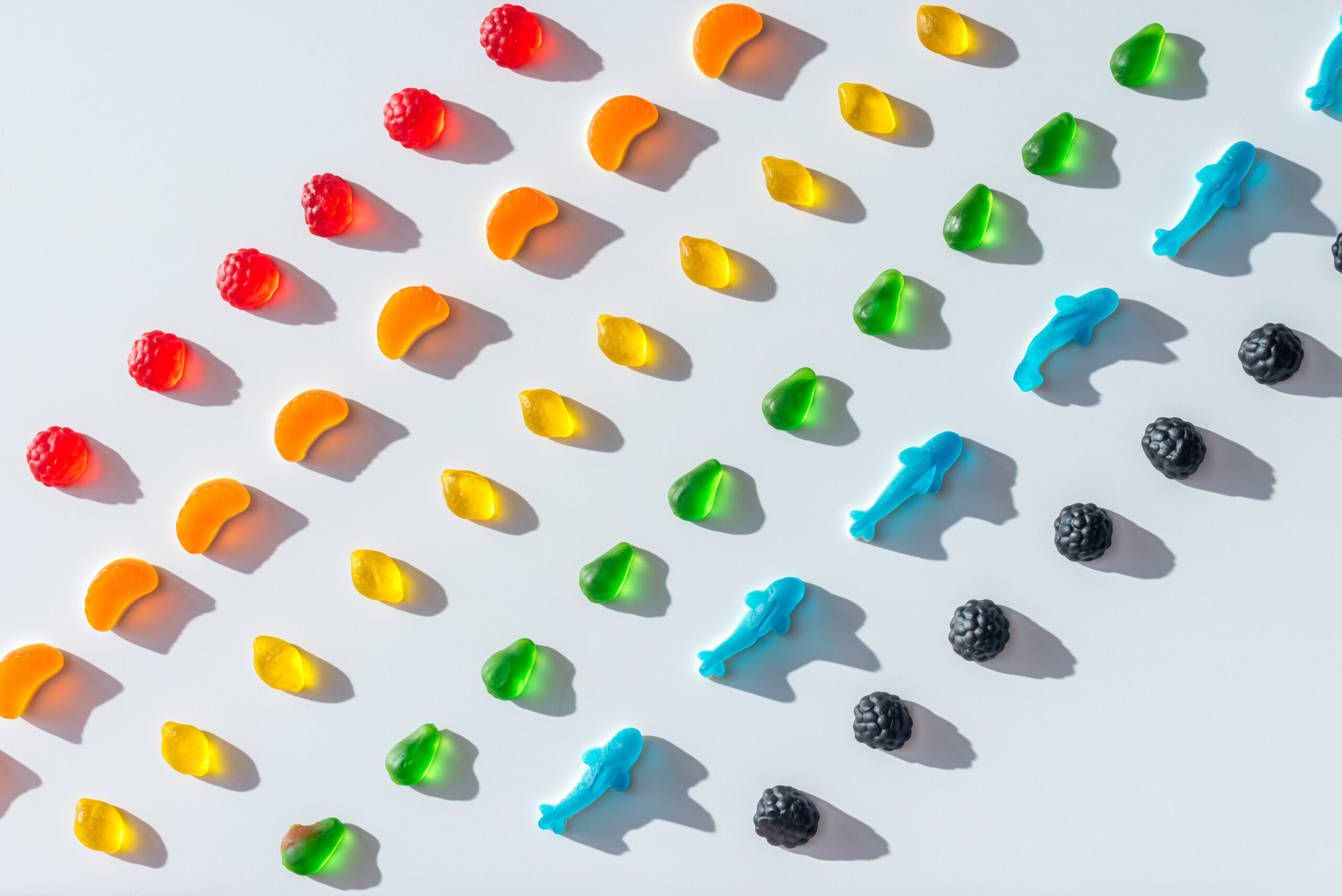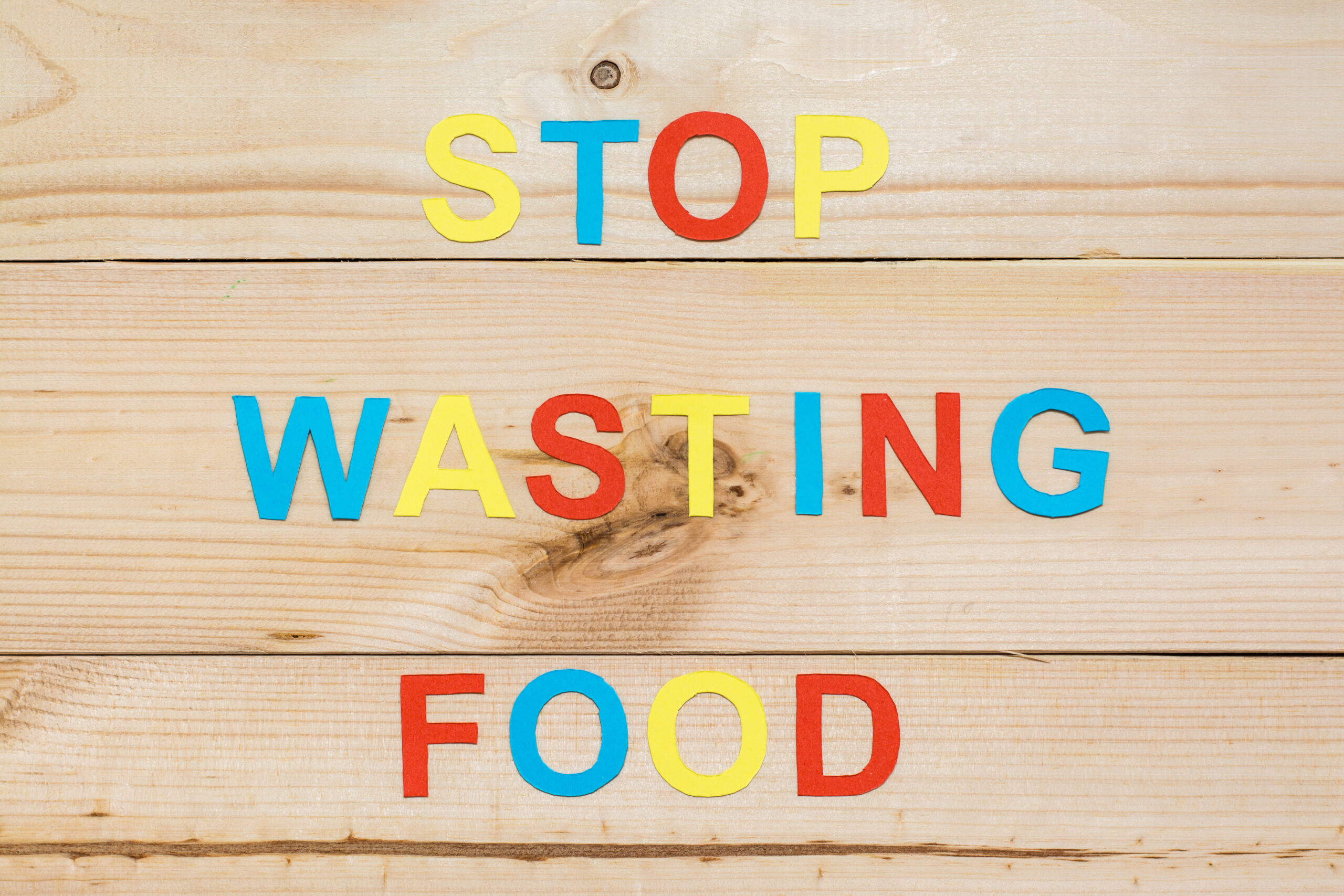In the US, it’s against the law to use the carcinogenic color additive Red 3 in cosmetics, such as lipsticks or blush or topicals. Yet the controversial chemical, also known as erythrosine, can still be found in common varieties of candy corn, Double Bubble chewing gum, Laffy Taffy, Nerds, Peeps, Pez, SweeTarts and hundreds of candies, cakes and other foods.
That’s why the Center for Science in the Public Interest (CSPI) sent a petition to the US Food and Drug Administration (FDA), co-signed by more than a dozen organizations and prominent scientists, including the Environmental Working Group (EWG), seeking to remove Red 3 from the permanent list of color additives approved for use in food and dietary supplements, and for use in ingested drugs.
“The [FDA] has already found that this color additive causes cancer in laboratory animals and subsequent studies and reviews have reinforced that conclusion,” the petition said. “Furthermore, we urge that the FDA take immediate action to prohibit use of this carcinogen, as there is widespread exposure to US consumers, particularly children, and new information indicates that very young children have the highest exposures.”
Related: Natural Food Coloring Startup Phytolon Raises $14.5 Million in Funding
Like all synthetic food dyes, Red 3 adds no nutritional value to food, but is used solely to make it look more appealing. Previous red dyes have been banned for use in the food and beverage industry due to cancer concerns, including Red 1 which was banned in 1961 and Red 2 which was banned in 1976. But Red 3 remains legal and is still used in everything from sausage to maraschino cherries.
Since the early 1980s, the FDA has had evidence that Red 3 caused cancer in laboratory animals. The National Toxicology Program considered the evidence “convincing.” As a result, in 1990, the agency eliminated certain “provisionally listed” uses of the chemical — meaning cosmetics and externally applied drugs. That same year, the FDA also said it would “take steps” to ban its use in foods, ingested drugs and supplements. But those steps were never taken.
Even though the FDA concluded that Red 3 has been linked to cancer, food and beverage companies continue to use it widely. A search of Food Scores, a database maintained by the EWG, generated nearly 3,000 brand-name food products that contain Red 3, including some varieties of Betty Crocker’s Fruit by the Foot, Entenmann’s Little Bites and Hostess’ Ding Dongs.
Red 3 is also used to simulate the presence of a more desirable ingredient such as saffron. While Vigo Saffron Yellow Rice does contain some saffron, it gets at least some of its color from Red 3. Even PediaSure Grow & Gain Kids’ Ready-to-Drink strawberry shake contains Red 3, but no actual strawberries.
This is CSPI’s first time petitioning about Red 3 specifically, but the group unsuccessfully petitioned the FDA to ban all synthetic color additives in 2008. While the group awaits a response, its advice to parents is to avoid not just Red 3, but all numbered dyes, such as Yellow 5 and Red 40. Besides the risk of cancer posed by Red 3, concerns have mounted about the adverse impacts on children’s behavior.












Join or login to leave a comment
JOIN LOGIN